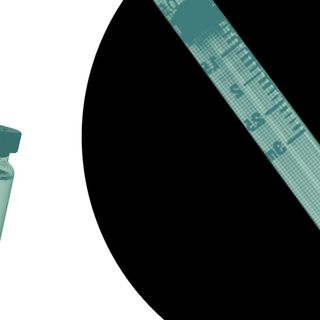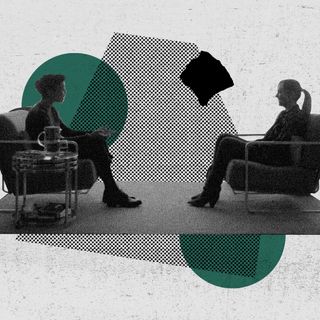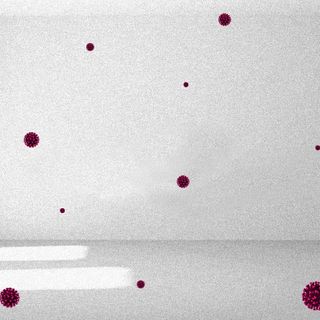No, it’s not because it’s raining outside, despite what Karen Smith’s boob-based weather report in Mean Girls might have you believe.
Breasts are finicky — a person could be sitting peacefully, minding their own business, when suddenly a breast (or both) makes its presence known, through a sharp stab or a dull ache, without any provocation, for seemingly no reason whatsoever. Anyone with breasts knows the feeling — it’s random, often fleeting, and painful.
While breast pain isn’t necessarily seasonal, and has no connection to yearly monsoons, it is cyclical. One of the main reasons for why boobs hurt is hormone fluctuations related to a person’s menstrual cycle. A rise in estrogen levels, in the first two phases of the menstrual cycle, stimulate milk ducts (that facilitate the passage of breast milk) in breasts, and the subsequent rise in progesterone does the same to milk glands (that produce breast milk). These hormone fluctuations can lead to swelling in the breast milk apparatus, which leads to trapped fluid in breasts, resulting in soreness and/or more intense pain, according to the Royal Women’s Hospital, Australia. This pain goes away with the onset of the menstrual cycle, when the levels of estrogen and progesterone decrease. Aside from the menstrual cycle, other hormonal events in a person’s life, such as puberty, pregnancy or menopause, during when the body sees more intense hormonal fluctuations, can also cause random breast pain.
A person’s diet can contribute to how sensitive breasts are to hormone fluctuations — according to the Mayo Clinic, a fatty acid imbalance (consuming too many or not enough dietary fats) can render breast tissue more vulnerable to change due to hormones. Some have posited that going off caffeine can help people reduce the incidence of breast pain, but research for this remains highly anecdotal, which prompts the need for further investigation. Birth control that regulates hormones can be another way in which people experiencing breast pain can manage it, which again depends on individual hormone patterns and the person’s sensitivity to breast pain.
Related on The Swaddle:
Your Menstrual Cycle Keeps Changing Throughout Your Lifetime
Boobs can also hurt because of non-cyclical, non-hormonal reasons, which are more difficult to pinpoint and treat. Bras are one example — while they, in general, weaken breast tissue, having the wrong kind of bra, with pokey underwires or one that doesn’t provide enough support, can make breasts hurt. Another reason is the soreness of the area around breasts, such as the chest wall, which can occur due to intense work-outs. A 2013 study of female marathon runners shows women who engaged in more intense exercise, and who had larger breasts, were more likely to experience mastalgia (breast pain) than those who engaged in mild exercise and had smaller breasts. This kind of pain has to do with the movement of breasts against the chest wall, which adds to soreness of the chest area that often manifests as random pain.
Ironically, the most alarmist reason we associate with breast pain is cancer, which often manifests in the form of lumps that are not painful. So, while breast pain, especially when random and intense, can be concerning, it doesn’t automatically signal bad health. In the world of a person with breasts, pegging a normal or abnormal state with regard to breast pain is quite literally impossible, which means the only way to remain vigilant is through regular check-ups.
“There’s no golden rule when it comes to identifying specific types of breast pain,” Karthik Ghosh, director of the breast clinic at Mayo Clinic in the U.S., tells Time. “If it worries you or seems out of the ordinary, see a doctor.”




